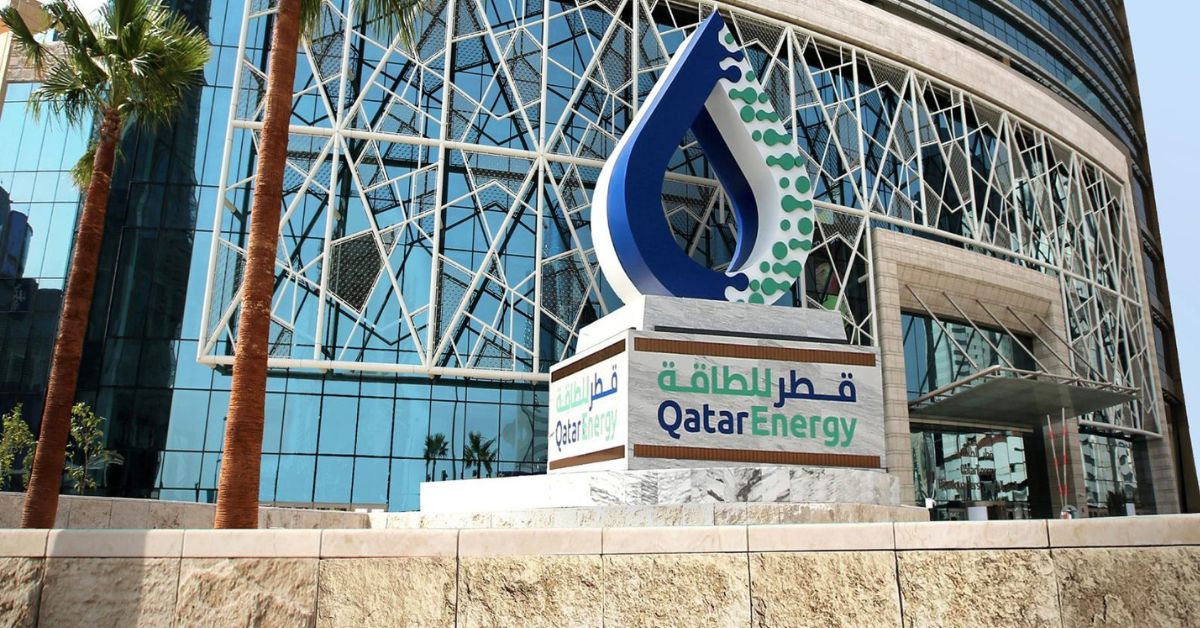Doha, Qatar — A Chinese ship-building giant will construct 18 huge gas carriers for QatarEnergy under a $6 billion deal the Gulf firm announced on Monday, hailing it as the largest ever such contract.
The China State Shipbuilding Corporation (CSSC) is set to deliver eight Liquified Natural Gas (LNG) vessels in 2028 and 2029, and the others in 2030 and 2031, the energy company said.
The LNG carriers will be built at China’s Hudong-Zhonghua shipyard and measure 271,000 cubic meters each, the emirate’s state-owned company said in a statement following a signing ceremony in Beijing.
“With a total value of almost $6 billion for these ultra-modern, largest ever LNG vessels by size, the agreement we signed today is the industry’s largest single shipbuilding contract ever,” said Energy Minister Saad al-Kaabi, who is also QatarEnergy’s CEO.
Qatar is one of the world’s top LNG producers alongside the United States, Australia and Russia.
Asian economies led by China, Japan and South Korea have been the main market for Qatari gas, but demand has also grown from European countries since Russia’s war on Ukraine threw supplies into doubt.
Last month, QatarEnergy announced it had signed deals for a total of 104 smaller, conventional-size vessels which the state-owned firm called “the largest shipbuilding and leasing program ever in the history of the industry”.
The fleet expansion plans come after a flurry of announcements for long-term Qatari gas supply deals. In recent months, Qatar has inked LNG deals with France’s Total, Britain’s Shell, India’s Petronet and Italy’s Eni among others.
In November, Qatar agreed to supply Sinopec with three million tons of gas a year for 27 years, its second such deal with the Chinese firm granting it a further share of Qatar’s North Field gas expansion project.
The expansion, which broke ground last year, contains the world’s biggest natural gas reserves and extends under the Gulf into Iranian territory.
QatarEnergy estimates the North Field holds about 10 percent of the world’s known natural gas reserves.







